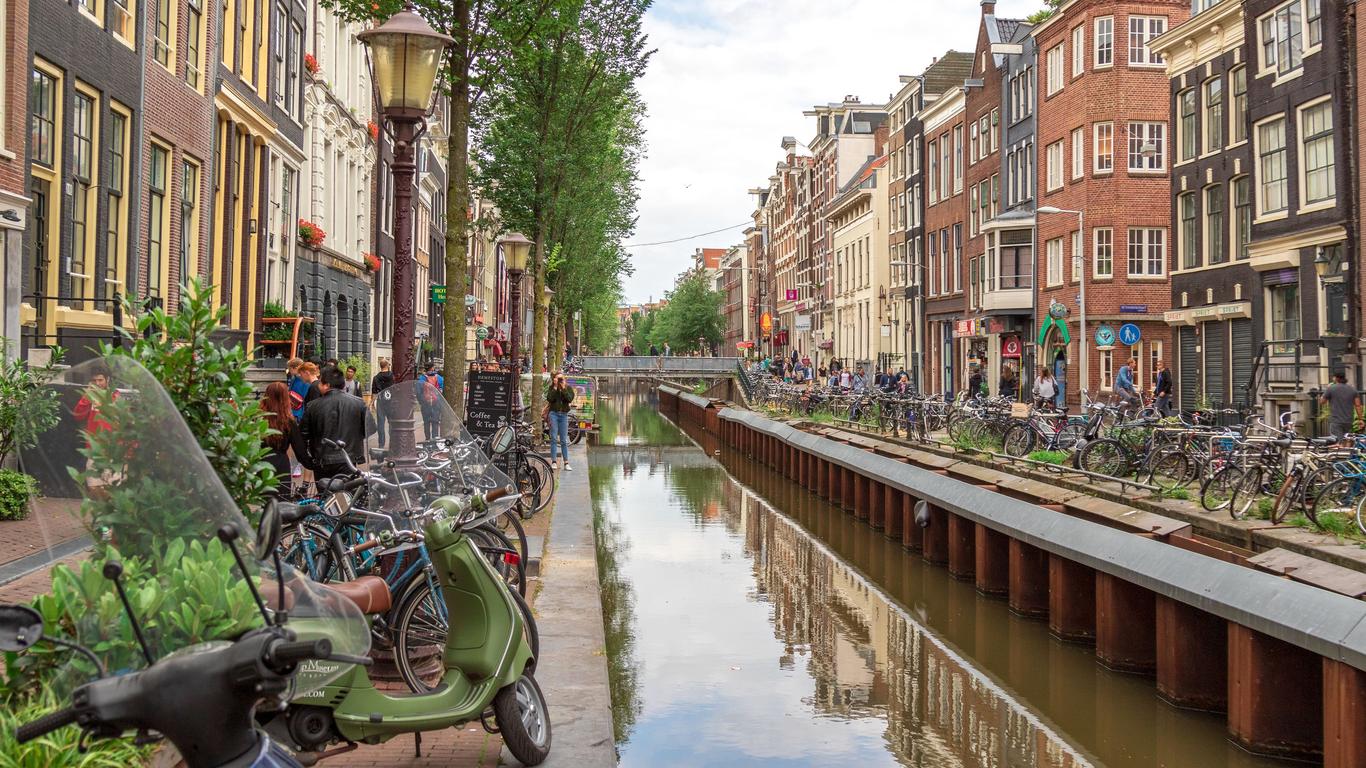One of the busiest airports in Europe and a major transportation hub, the Amsterdam Airport Schiphol lies to the south-west of Amsterdam’s centre. It is the main airport in the Netherlands and serves as the home base for KLM, Transavia, TUI Airlines Netherlands and Martinair.
The Amsterdam Airport Schiphol currently serves around 50 million passengers a year, hosting around 100 airlines on its six runways. It was designed with all of its facilities in one single terminal, split into three large departure halls which radiate from a central plaza. There’s a large shopping area filled with designer brands, duty-free goods and practical travelling items like books and magazines, as well as a wide choice of cafes and restaurants. In 2010, the airport was the first of its kind to open a permanent library, with a collection of 1200 books by Dutch writers translated into 29 languages, together with a good range of music by Dutch artists which highlight the country’s cultural achievements. The famous Rijksmuseum also has a small exhibit at the airport with an overview of both classical and contemporary art, and there’s a large rooftop viewing area known as the Panoramaterras for aviation enthusiasts to watch the comings and goings on the tarmac. A new cube-shaped Hilton hotel has also been built on-site and is instantly recognisable by its state-of-the-art round corners and diamond-shaped windows.
Amsterdam Airport Schiphol is well-connected to central Amsterdam by regular public buses and private taxis, as well as direct train services to Amsterdam’s Central Station. For those travelling further afield, there are also train services direct to The Hague, Vlissingen and Rotterdam from the airport.
The airport was named for Fort Schiphol, once part of the Stelling van Amsterdam defence works and with its name translating as “ship grave”. A large lake known as Haarlemmermeer was once located on the land where the airport now lies, and legend tells that when violent storms whipped up, many ships were wrecked in its waters. However, when the lake was reclaimed, no shipwrecks were found, and some believe the name is more likely to have derived from the words “sciphol” which means a low-lying area of land where ship-building wood is harvested.





